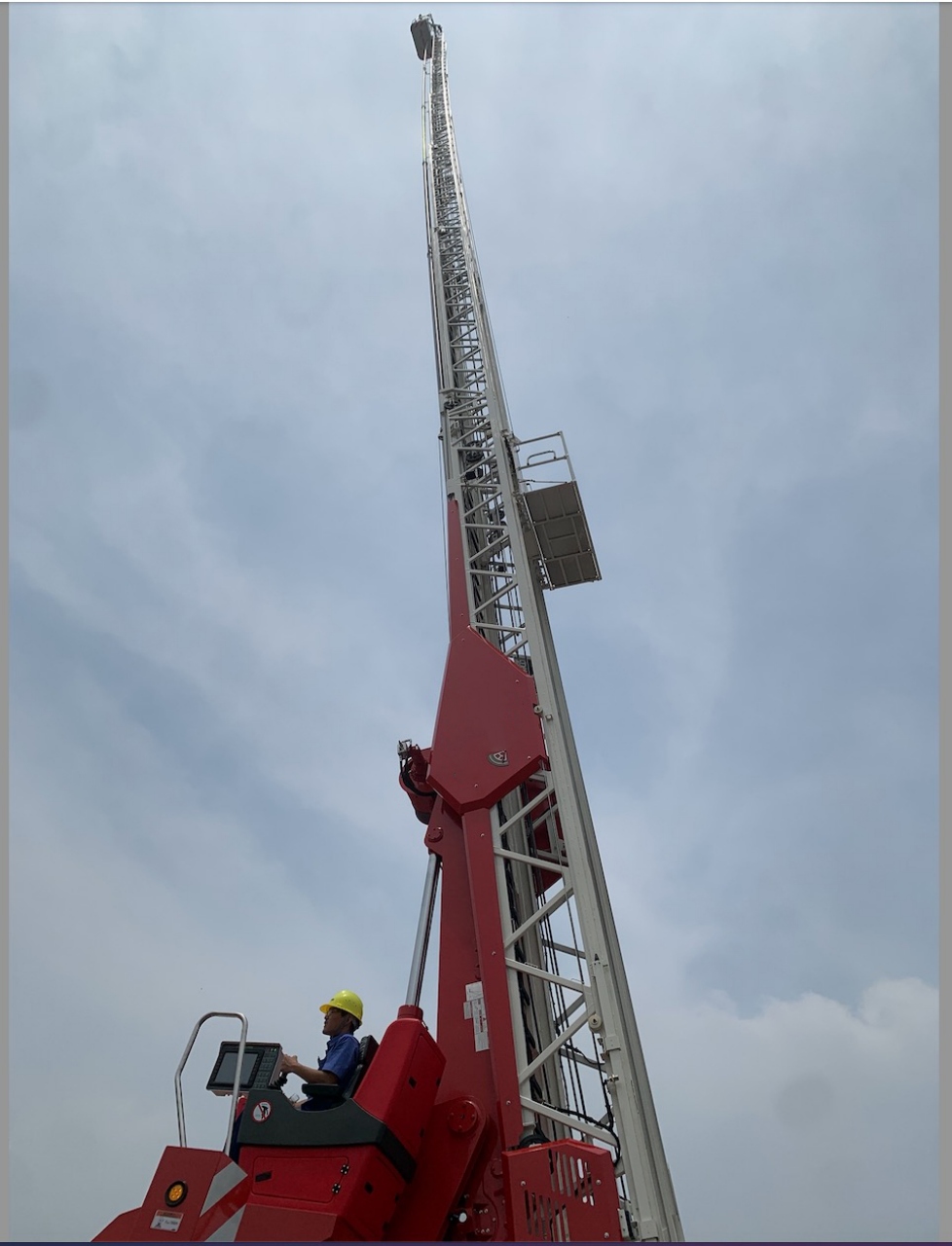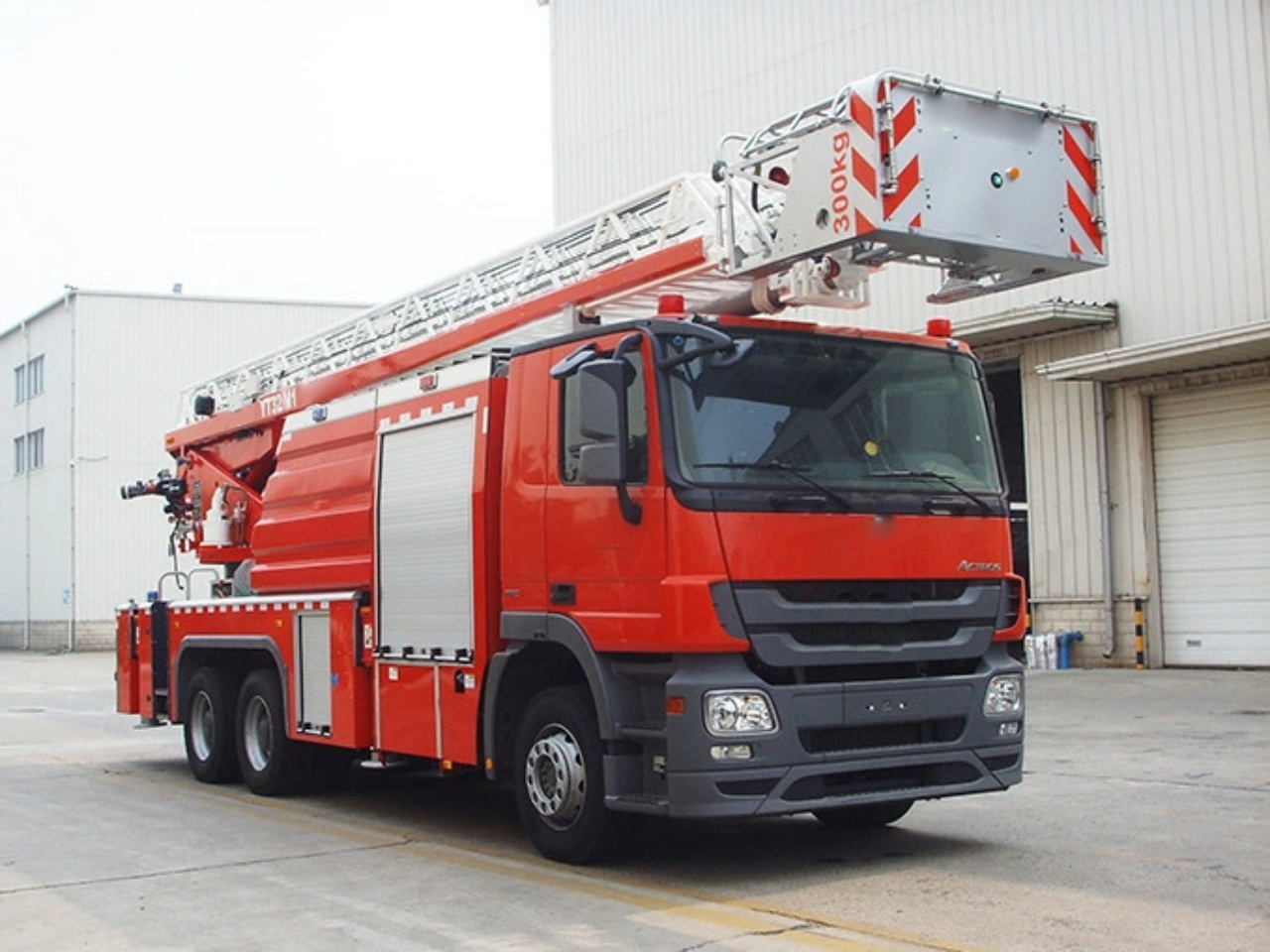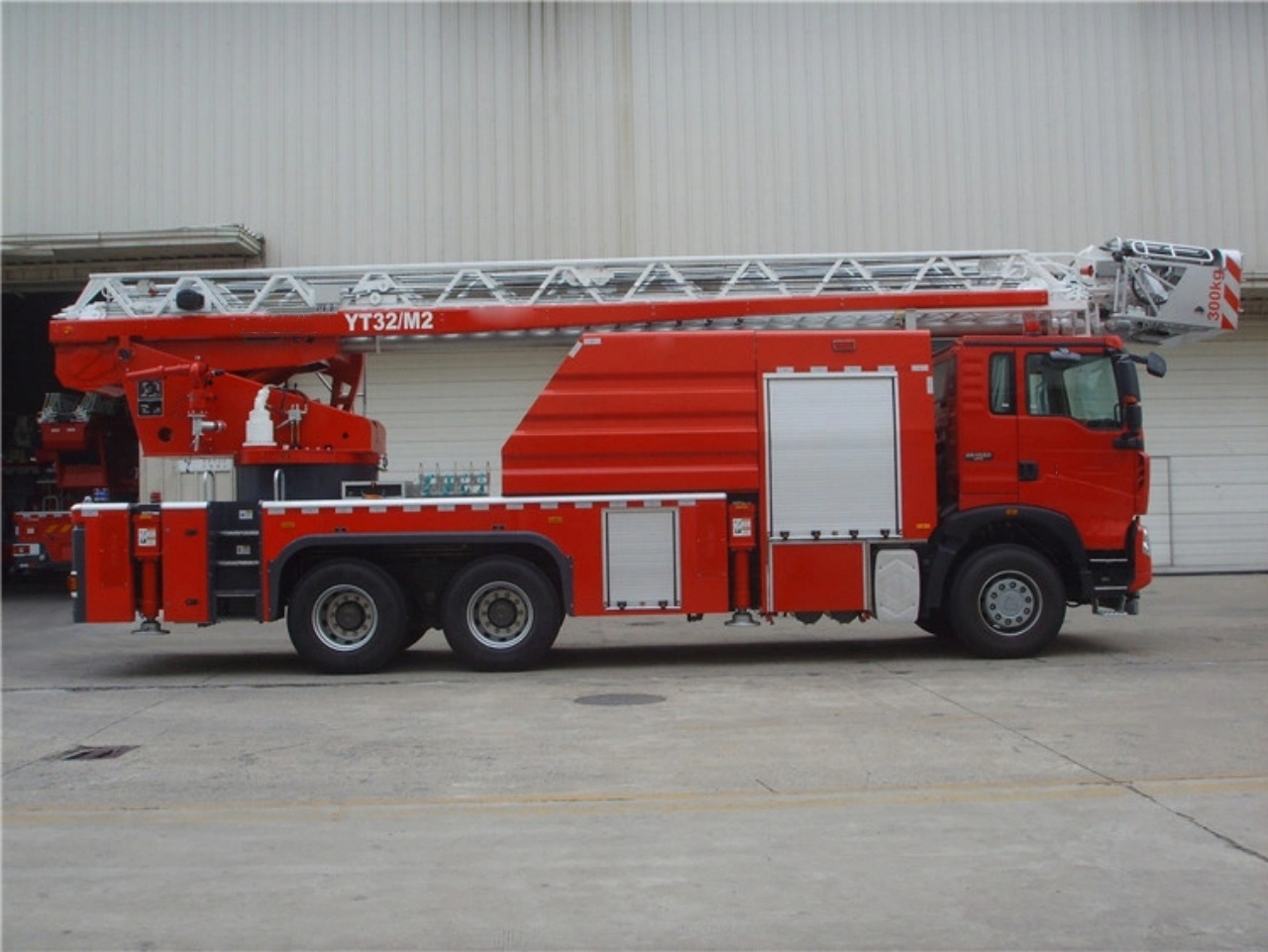When it comes to firefighting and emergency rescue operations, the aerial ladder apparatus is among the most iconic and crucial tools used by fire departments worldwide. Often seen towering over buildings with firefighters climbing its rungs or directing water streams from above, this piece of equipment is not just impressive in appearance but also indispensable in function. But what exactly is the main use of aerial ladder apparatus? While it has several secondary applications, its primary use is for providing elevated access and rescue in high-rise or difficult-to-reach areas during fire emergencies.
Understanding the Aerial Ladder Apparatus
Before diving into its primary functions, it’s essential to understand what an aerial ladder apparatus is. Commonly referred to as a “ladder truck,” this vehicle is a specialized fire truck equipped with an extendable boom and ladder system. These ladders can extend upwards of 100 feet, and many modern models include a turntable at the base for rotational movement, giving the ladder an extensive range of motion both vertically and horizontally.
In many cases, aerial ladders also feature an attached waterway system, which allows firefighters to deliver water from the ladder’s tip, often through a nozzle mounted at the top. Some versions include a platform or basket—these are known as “tower ladders” or “aerial platforms”—which enhance the safety and capability of personnel working at height.
Primary Use: Elevated Access and Rescue
The core purpose of an aerial ladder apparatus is to provide elevated access for firefighting and rescue operations, especially in multi-story buildings, tall structures, or areas inaccessible by ground-level efforts.
1. Rescuing Trapped Occupants
One of the most critical and life-saving uses of the aerial ladder is rescuing individuals trapped on upper floors of buildings. When internal staircases are blocked by flames or smoke, and elevators are rendered unsafe, the aerial ladder becomes the only viable escape route. Firefighters can swiftly reach windows or balconies and assist occupants in exiting safely.
The ladder’s reach and rapid deployment mean that even high-rise occupants can be evacuated quickly, which is especially vital in residential apartments, office buildings, hospitals, and hotels. It’s not uncommon for entire groups of people to be rescued through the use of aerial ladders during large-scale fires.
2. Providing Firefighter Access to Upper Floors
In addition to rescuing civilians, aerial ladders allow firefighters themselves to access the upper levels of buildings for firefighting efforts. Climbing through windows or reaching rooftops, firefighters can perform ventilation (cutting holes to release smoke and heat), carry hoses to upper floors, or gain strategic entry points for interior attack lines.
This elevated access helps overcome situations where interior stairwells have collapsed or are too dangerous to navigate due to fire intensity or smoke conditions. It also allows for quicker deployment of personnel in key areas of a burning structure.
3. Elevated Water Stream Application
Another essential function of aerial ladders is delivering water from height. Many are equipped with a master stream nozzle at the ladder’s tip, allowing for high-volume water application from above. This is particularly useful in defensive firefighting situations, such as when a building is too dangerous to enter and exterior suppression is the only viable option.
Aerial water streams can also reach the roofs of large commercial buildings, warehouses, and multi-story structures that ground-level hoses can’t effectively target. These high-pressure nozzles are often remotely operated and can deliver thousands of gallons per minute, dramatically increasing firefighting effectiveness from a safe distance.
Secondary Functions of the Aerial Ladder Apparatus
While elevated access and rescue remain the main uses, the aerial ladder apparatus has several secondary functions that make it a versatile asset in emergency operations:
1. Ventilation Operations
During structural fires, ventilation is crucial for controlling heat, smoke, and fire spread. Aerial ladders provide access to rooftops for vertical ventilation, where firefighters can cut holes to allow smoke and hot gases to escape. This improves interior visibility and temperature conditions, making it safer for firefighters and potentially survivable for trapped occupants.
2. Lighting and Surveillance
Many aerial ladder trucks are equipped with powerful floodlights and cameras, which can be used for nighttime operations or to survey the scene from above. This aerial perspective can assist in incident command decisions, search operations, and monitoring the fire’s behavior.
3. Support for Technical Rescues
Beyond fires, aerial ladders are also used in technical rescue scenarios. These include high-angle rescues, such as retrieving workers stranded on cranes, window washers stuck on platforms, or individuals trapped on cliffs, towers, or bridges. The apparatus provides a stable, elevated platform for rescue personnel and equipment deployment.
4. Salvage and Overhaul
After the flames are extinguished, aerial ladders may be used for overhaul operations—inspecting rooftops, attics, and exterior walls to ensure the fire is fully out and no embers remain hidden. They can also help with salvage tasks, like covering exposed areas to prevent water damage or assisting in removing debris from elevated positions.
Considerations in Use
While aerial ladder apparatuses are highly effective, their deployment does require careful consideration. The following factors can influence their utility:
- Stabilization: Outriggers must be deployed to stabilize the truck, which requires space and solid ground.
- Clearance: Trees, power lines, and buildings can obstruct ladder movement or placement.
- Weight Limits: The number of firefighters or civilians that can be safely carried at one time is limited.
- Training: Proper operation requires significant training and experience to ensure safety and efficiency.
Conclusion
The aerial ladder apparatus plays a central role in modern firefighting and rescue operations, with its main use being elevated access and rescue. Whether it’s retrieving occupants from upper floors, giving firefighters the upper hand in battling blazes, or delivering water from advantageous positions, the aerial ladder is a critical asset in any urban fire department’s fleet.
As urban environments grow taller and denser, and fire scenarios become more complex, the importance of aerial ladder trucks continues to rise. Their ability to reach where traditional equipment can’t makes them not just useful, but essential in saving lives and minimizing property loss. In the world of firefighting, few tools are as visibly impactful—and practically vital—as the aerial ladder apparatus.










